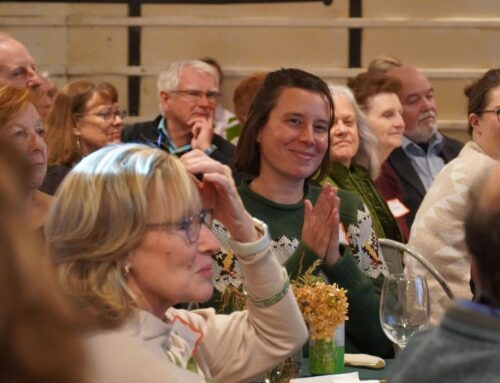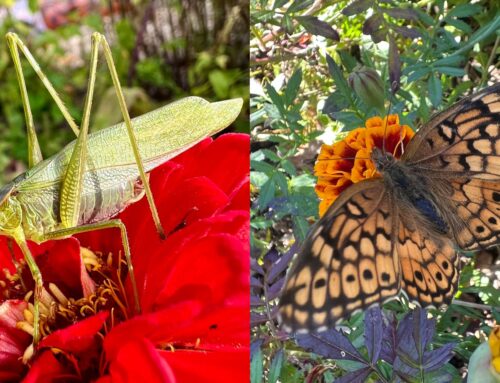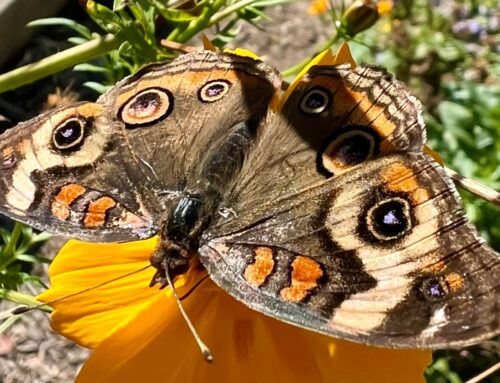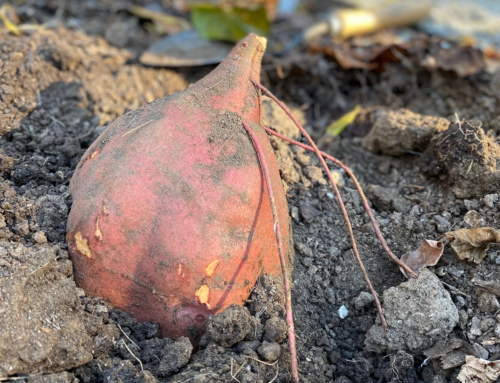In June of this year, when Tyler opened its gates again after the months-long shut down, you could see how much the land had missed its tenants. The staff who had remained on-site worked diligently to maintain the Arboretum’s 650 acres and keep our operations running, but there is only so much that can be done with just a few people. While the challenges we faced were great, we also knew better than to underestimate the abilities of the Tyler Team of staff and volunteers. The pandemic forced us to reboot and to face challenges head-on.
It has been that way from the very beginning. Let’s travel back to the late 1940s. There was no pandemic, but almost everything needed attention. Nature reclaims things quickly, and as the Tyler’s aged they found themselves less able to keep up with the maintenance of the property. The excellent leadership from Dr. Wister, our first director, was key to planning and executing the massive renovations both to the buildings and the grounds, one area at a time, beginning in the Old Arboretum where the historic buildings are located. His resourcefulness, courage and ‘can do’ attitude inspired employees and volunteers to step up and get the job done. He knew that it was going to take a significant team effort to save as many historic trees as possible and make the Arboretum’s plans a reality.
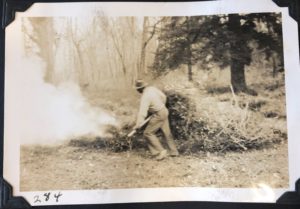
By 1947, over 3,200 dead, dying and unhealthy trees had been removed from just 200 acres, all of which had been identified for removal by a volunteer botany professor from the University of Pennsylvania. Miles of trails were blazed by various boy scout troops, allowing access to the property. Girl scout troops cleaned up debris, removed vines, weeded and planted saplings. The Daughters of the American Revolution volunteered in Lachford Hall, setting up rooms as they may have appeared in the 1700s. Also in the late 1940s, the Painter Library’s collection of books, scientific papers and instruments, along with the geological collection of stones, were catalogued and exhibited by two volunteers. The results of their labor slowly began to show, as seen in this photo of Lachford Hall, after it was cleaned up. It is hard to imagine how it must have looked before all of their hard work.
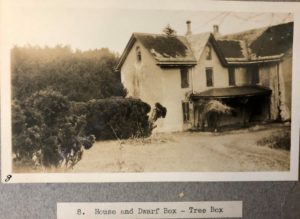
By 1949, Tyler staff started to plant the collections; magnolia’s, rhododendrons, hollies and lilacs to name a few. Next came the Pinetum in the early 1950’s. Initially covering 25 acres, the plans called for “over 100 species and varieties of trees. Of each species there will be planted one specimen, standing well apart, and three others planted in a group.” Take a closer look the next time you visit and you will see the effect of the efforts. We also featured the Pinetum on our video.
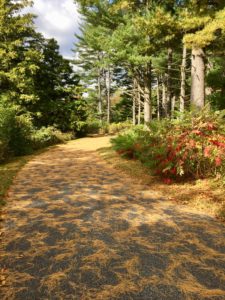
By 1955, over 12,000 plants and 24,000 bulbs were planted. To further understand the significance of their determination, every single plant and bulb was a gift. They came from botanical and horticultural institutions, nurseries, gardeners from many states, Canada, and Holland.
Today, more than 70 years later, the same ‘can do’ attitude lives within the current Tyler team of staff and volunteers. This spirit is part of what makes the Arboretum so amazing. We know 2021 will bring changes and challenges as each new year does. We will face these head-on, just as we did when Tyler became a public garden. We may grow and change, but the essentials will always remain the same. Tyler is a place with deep history, incredible natural beauty and a community of people unified in their dedication to share this special place with everyone who visits. We hope it will be that way for generations to come.


